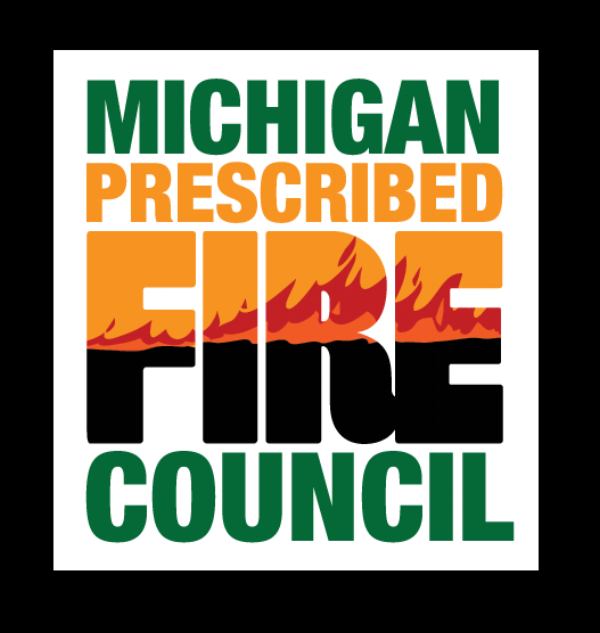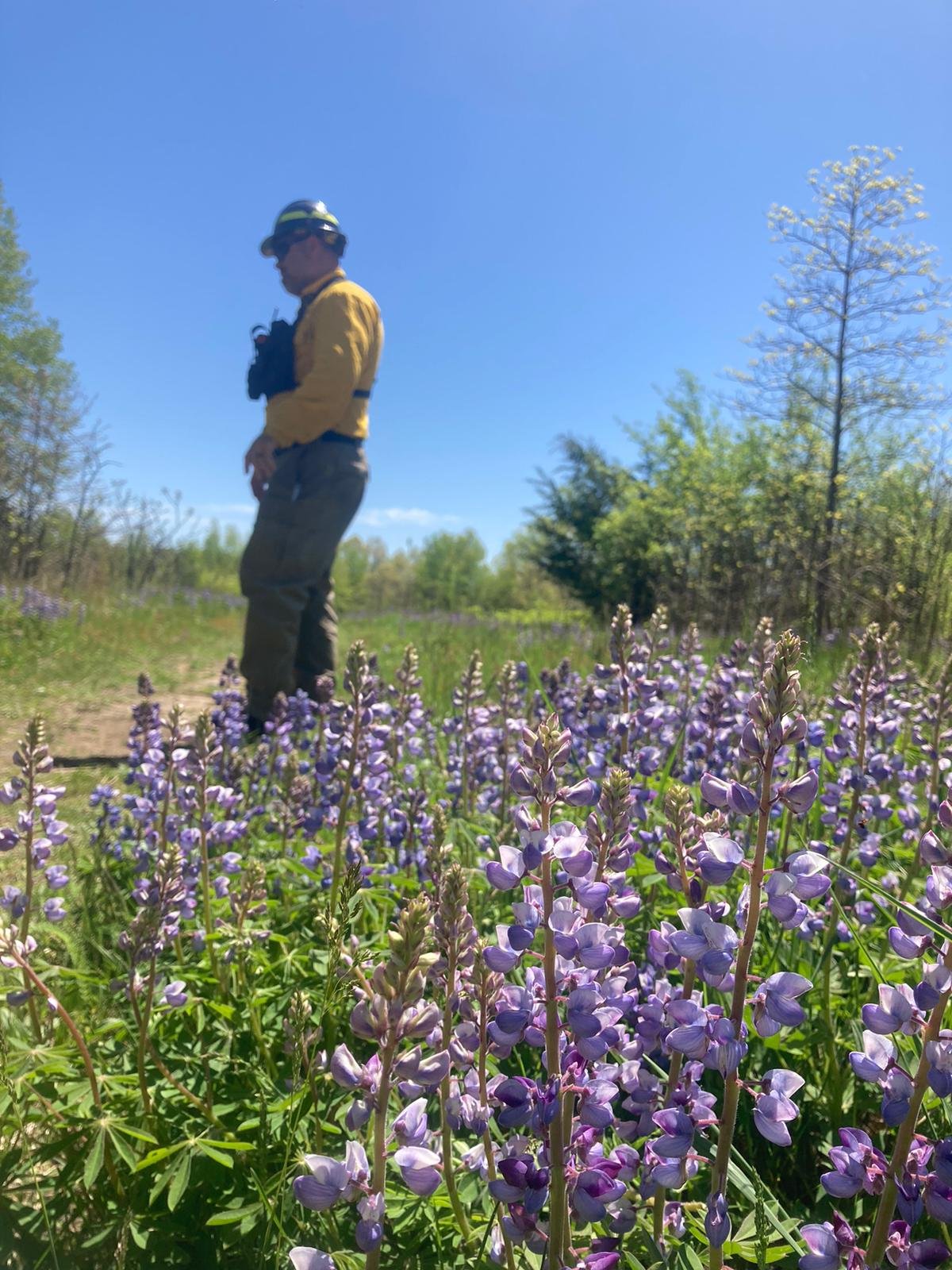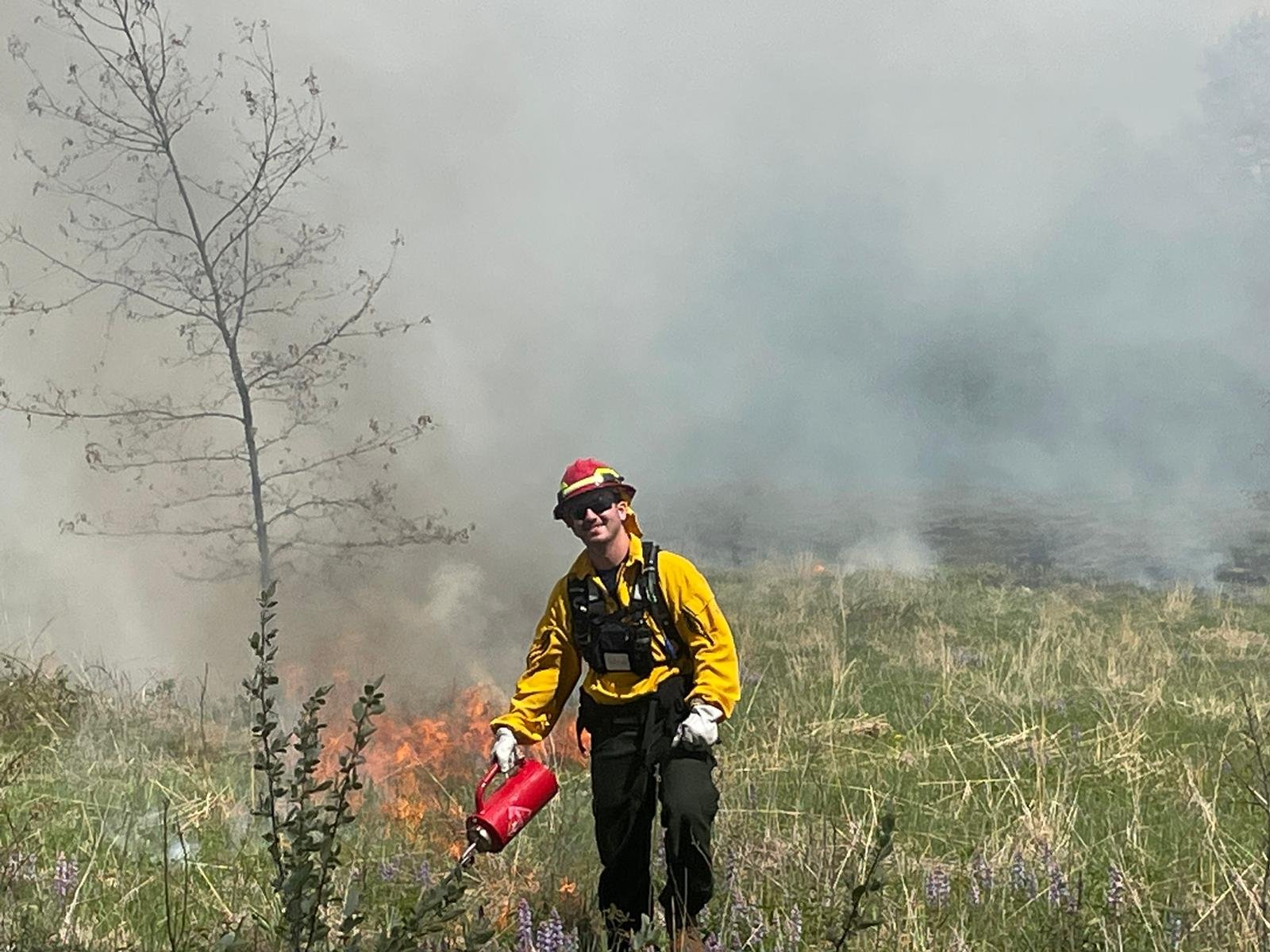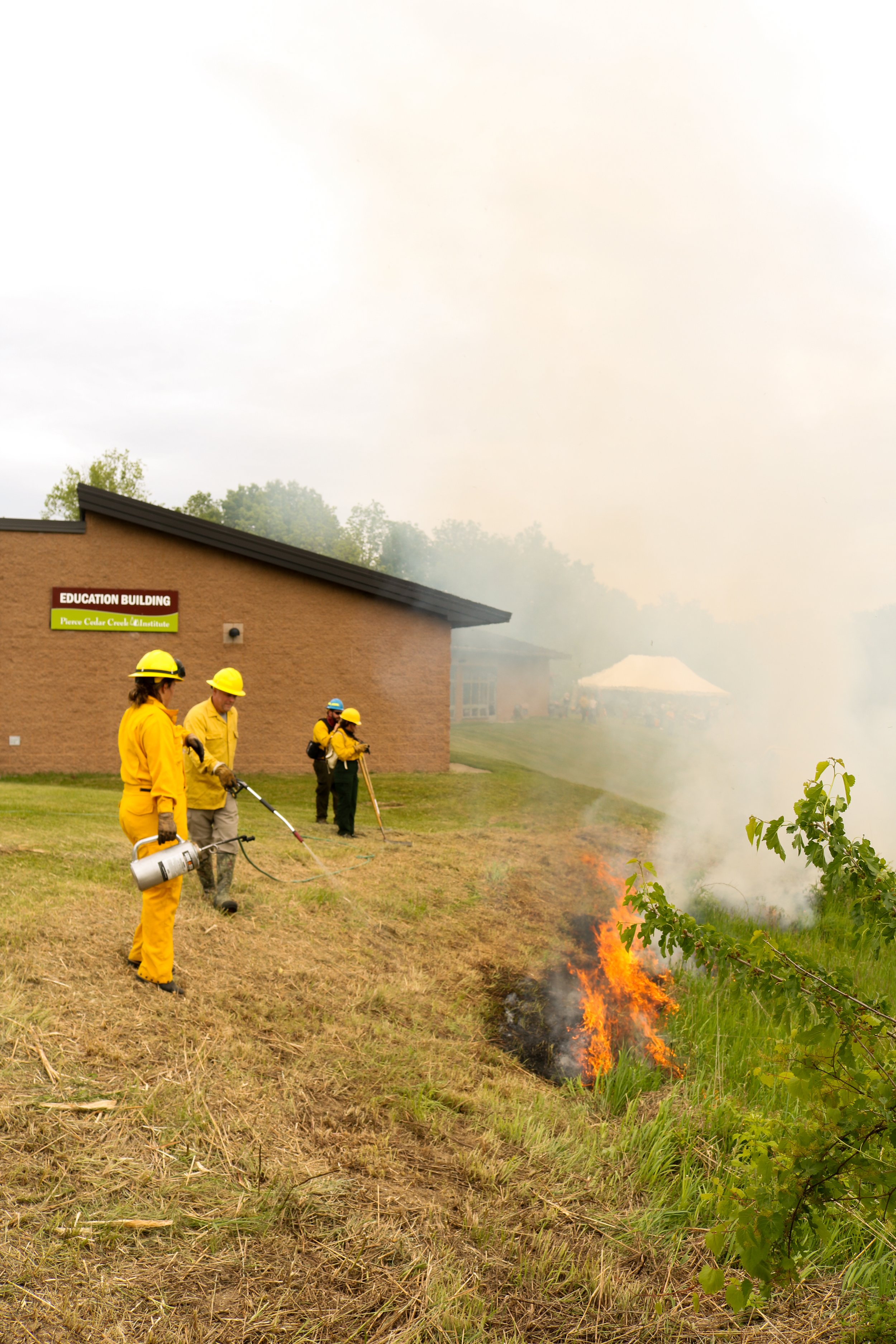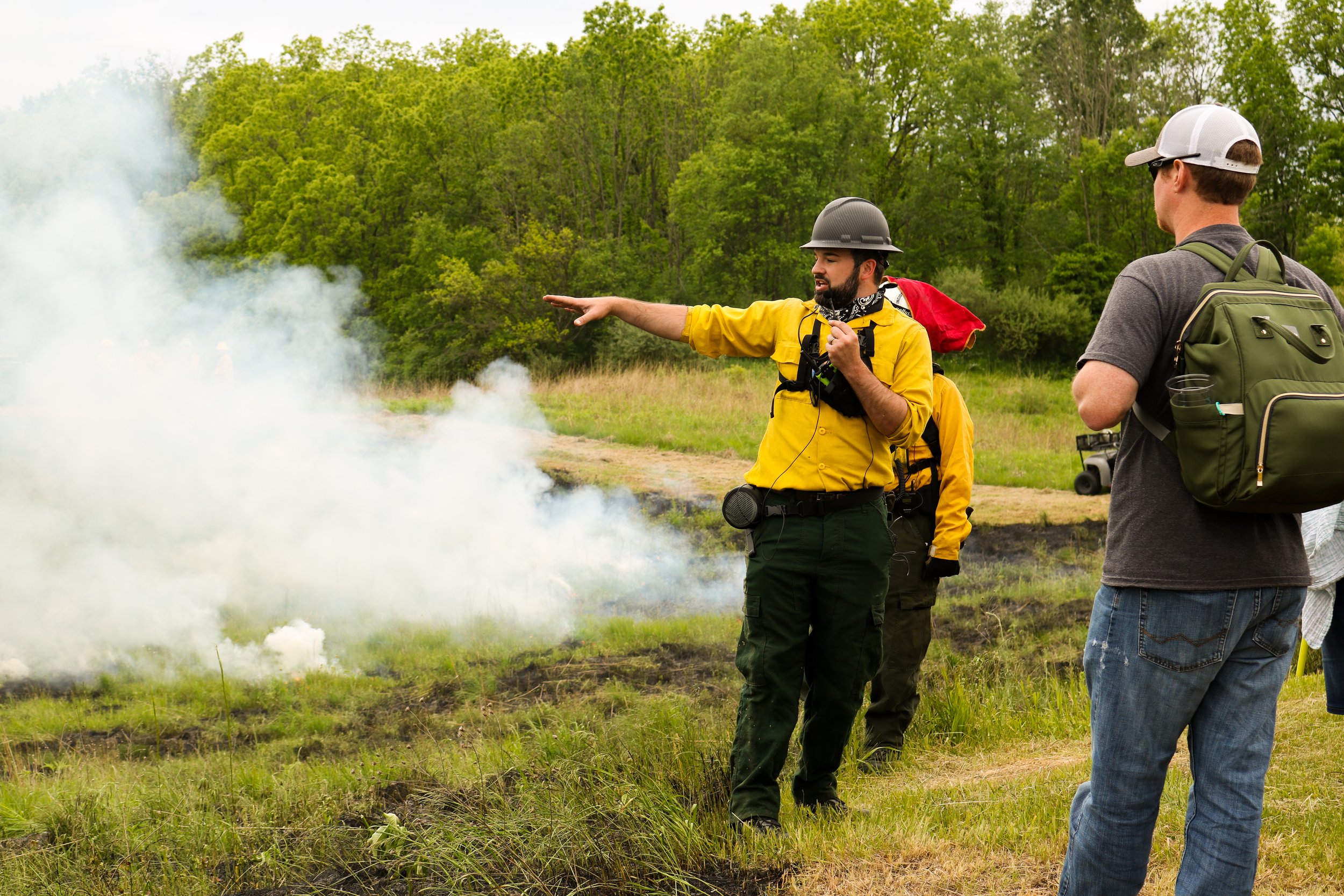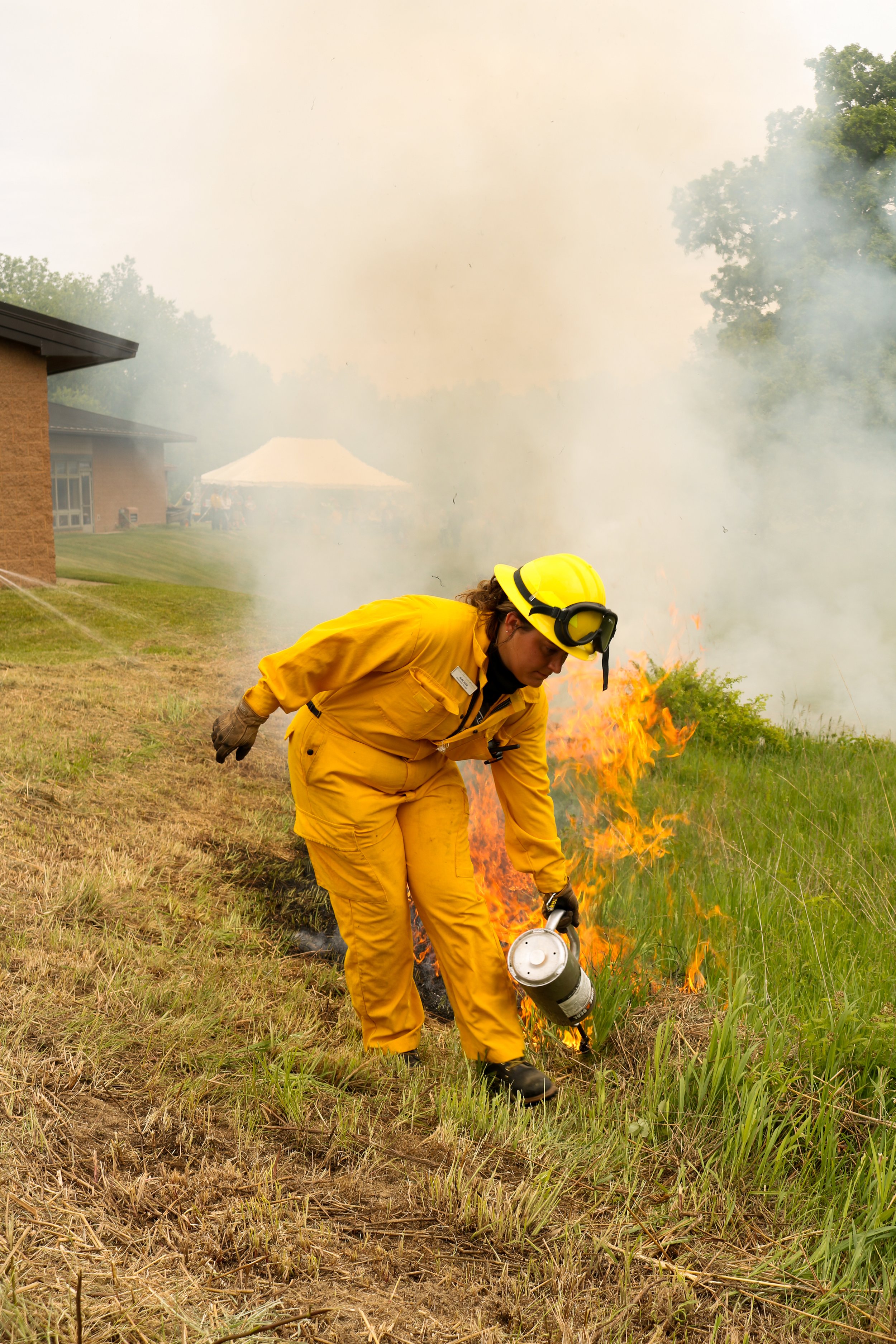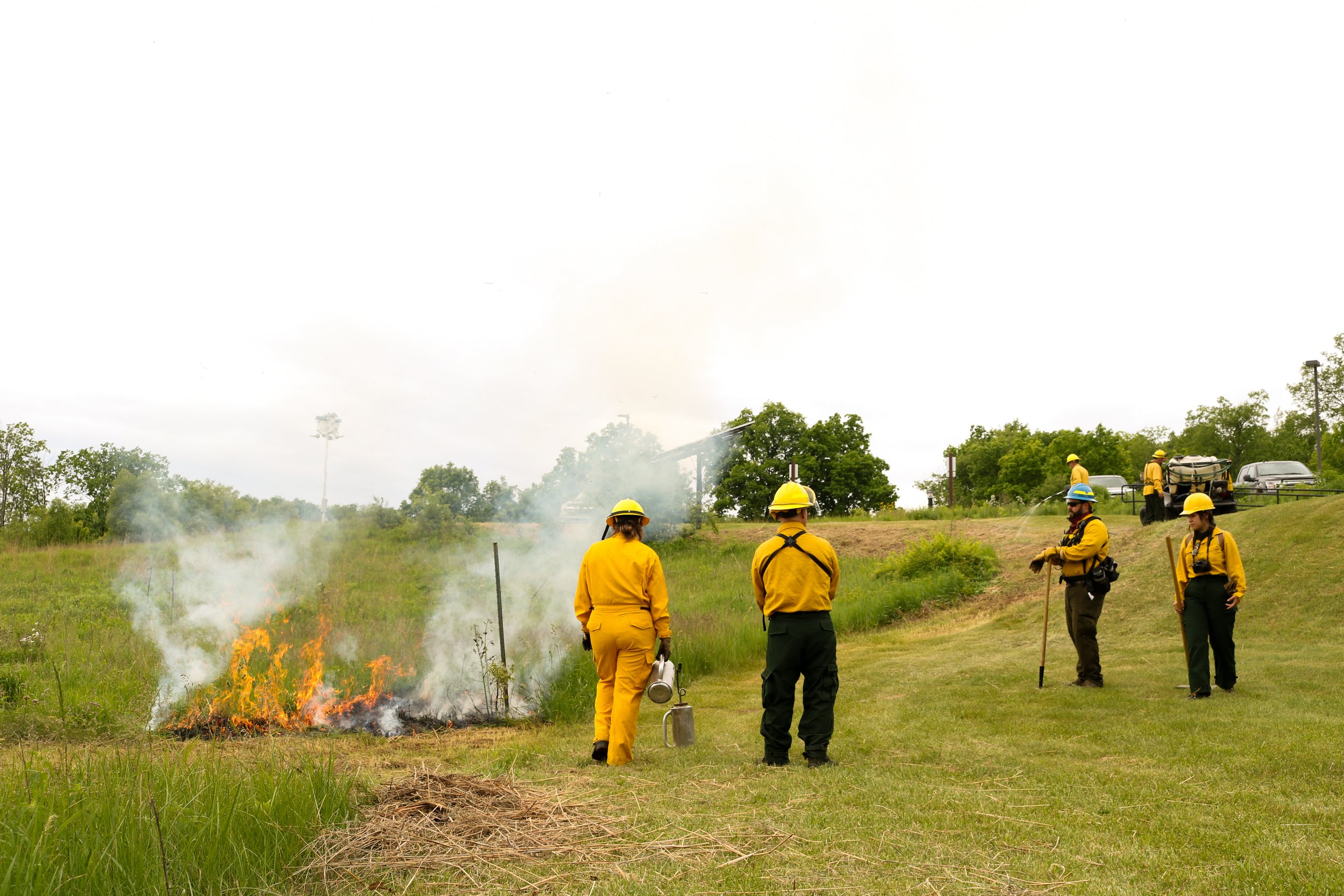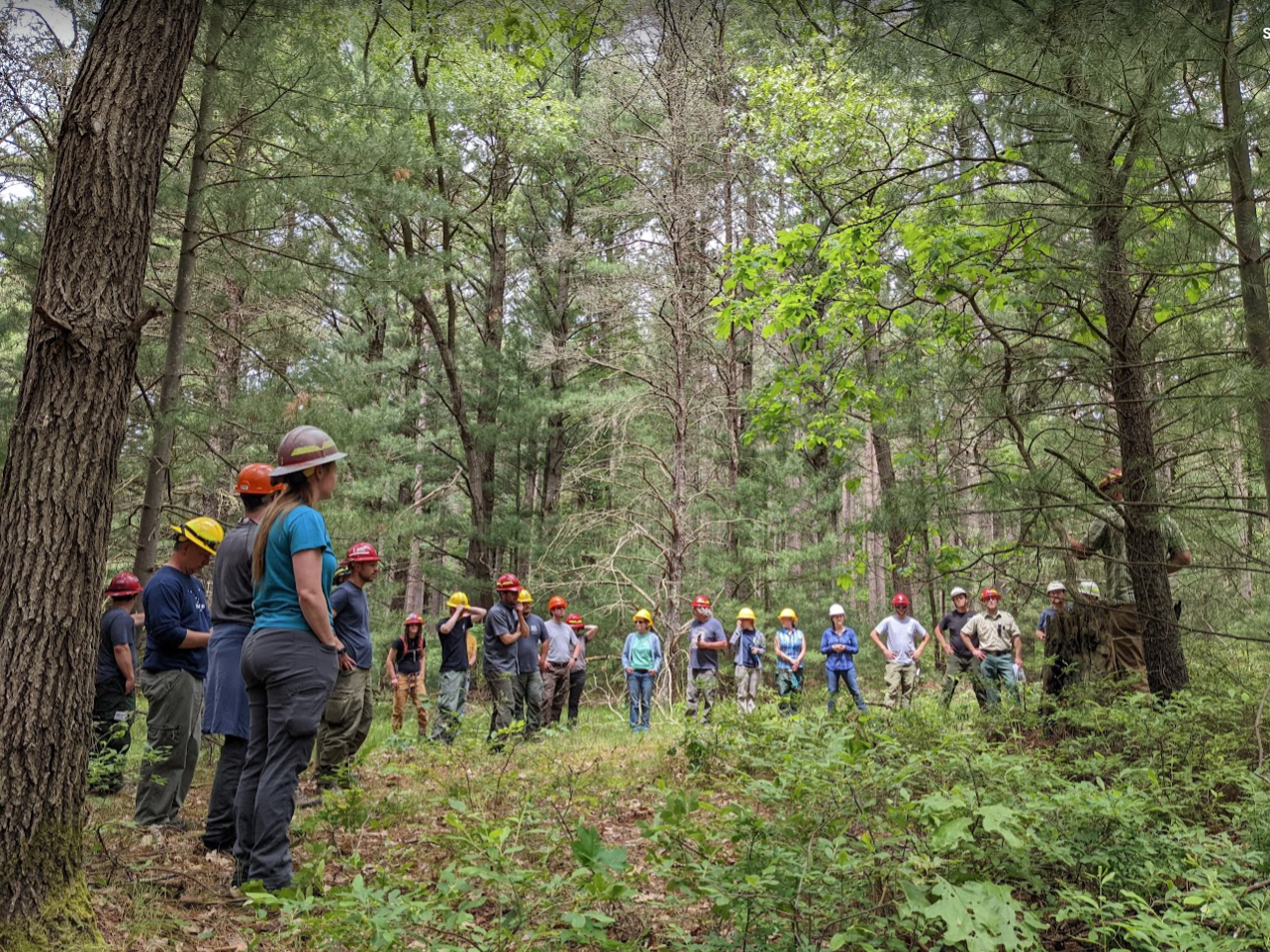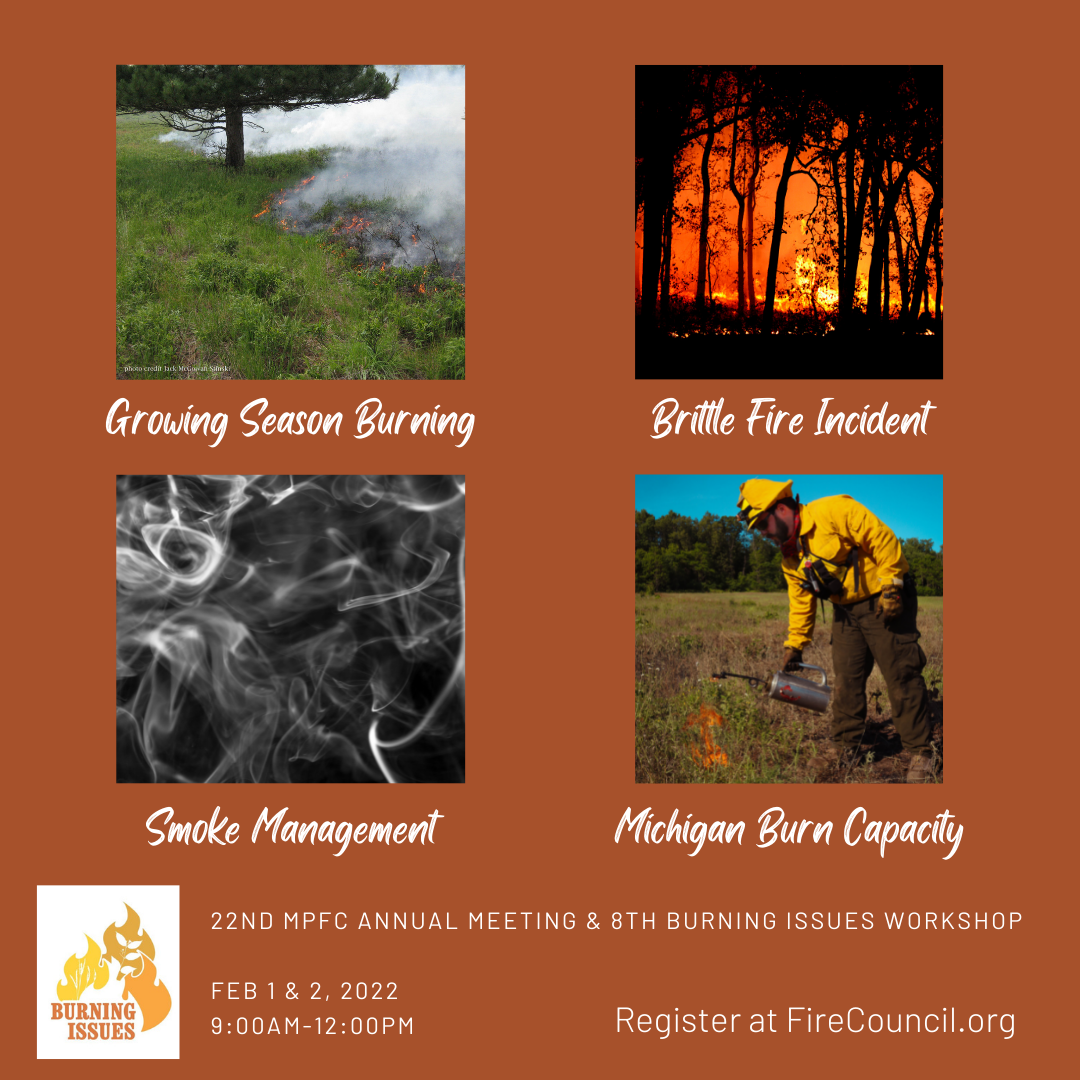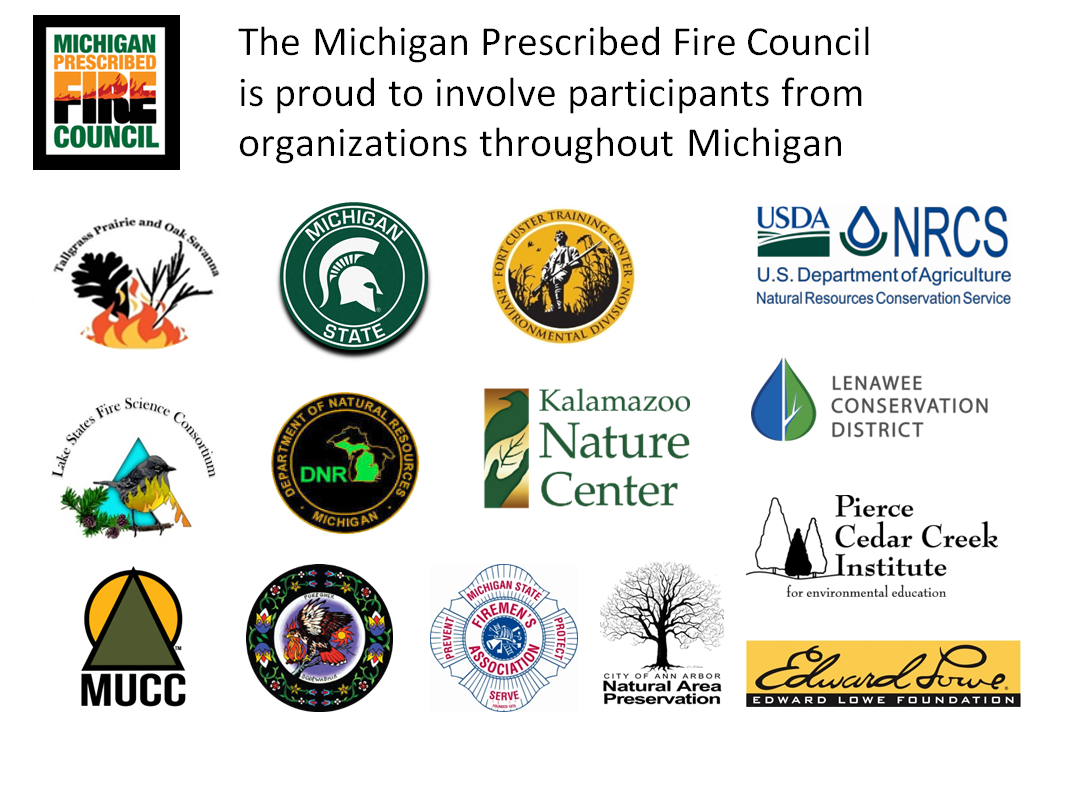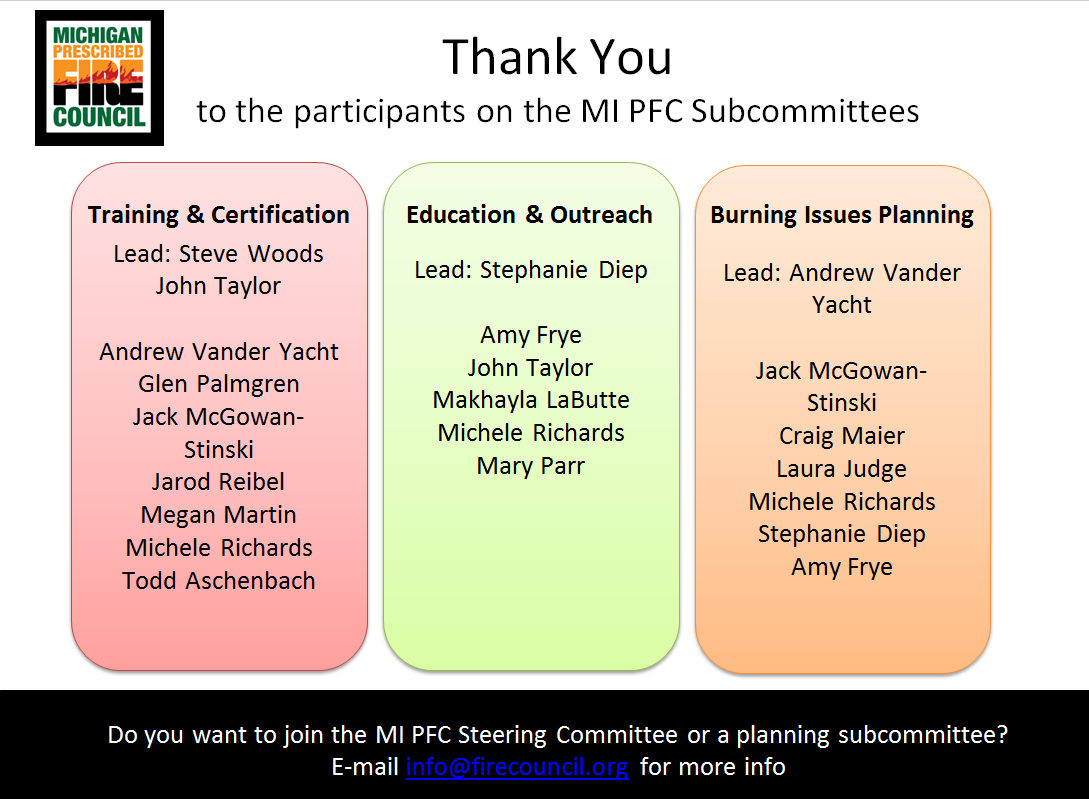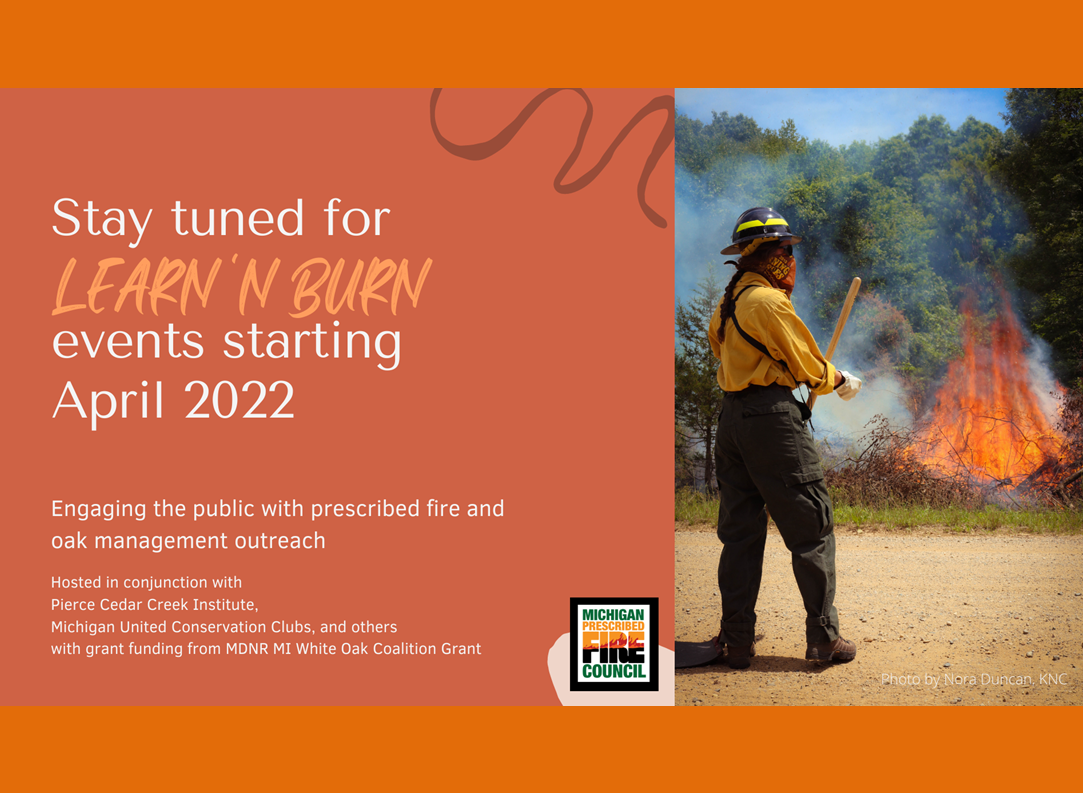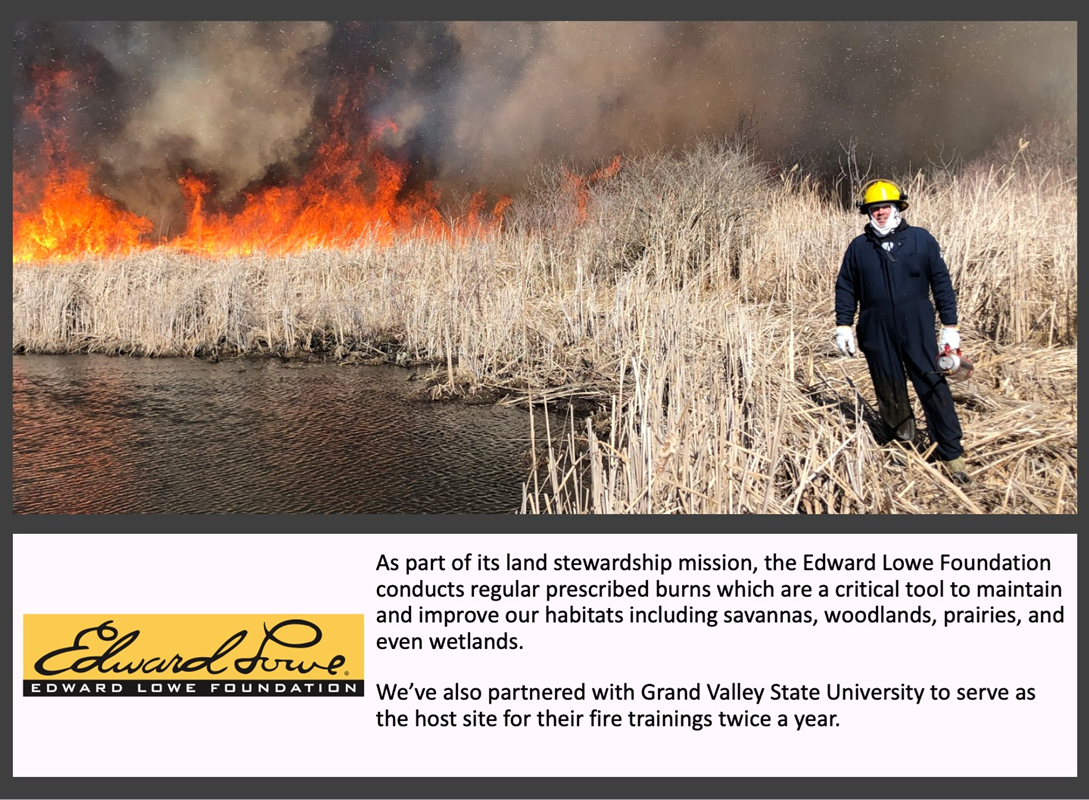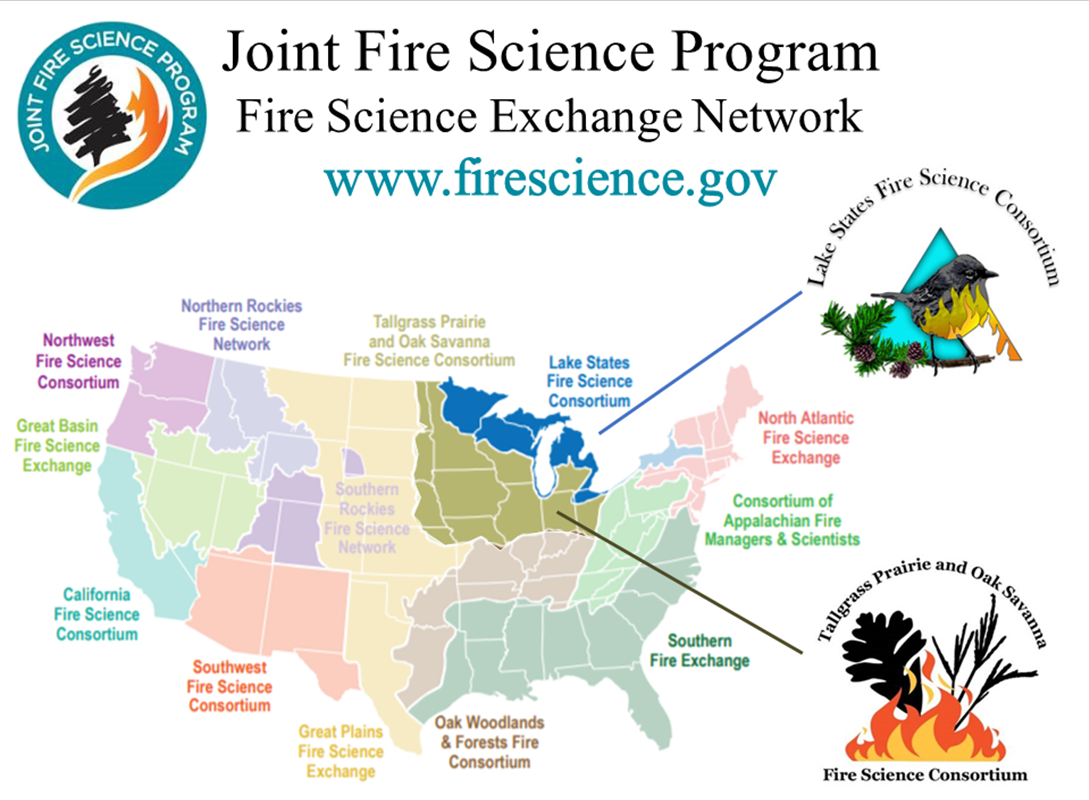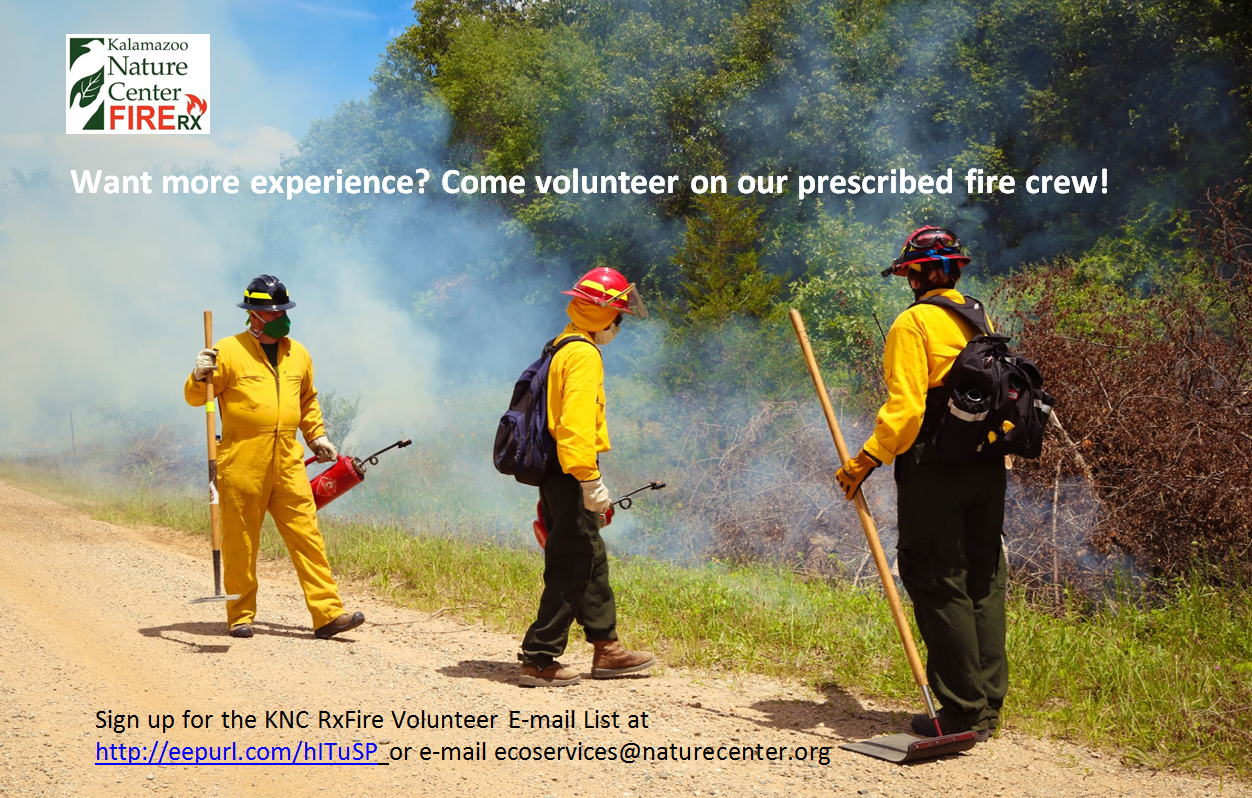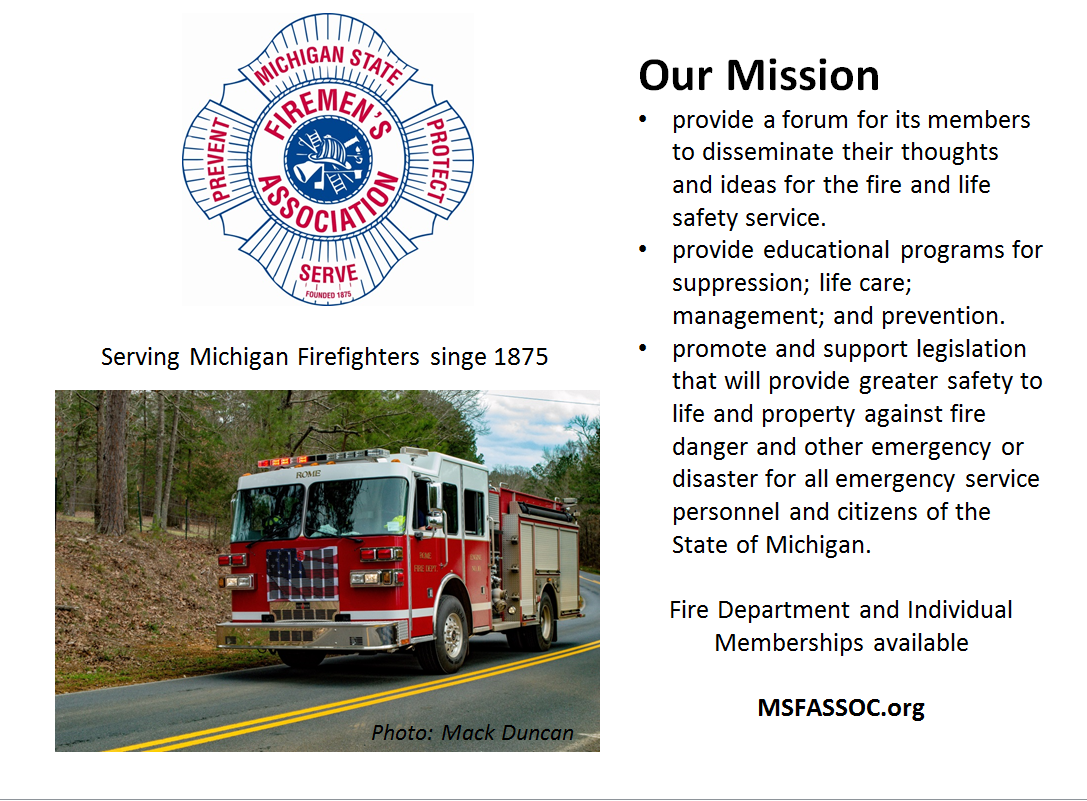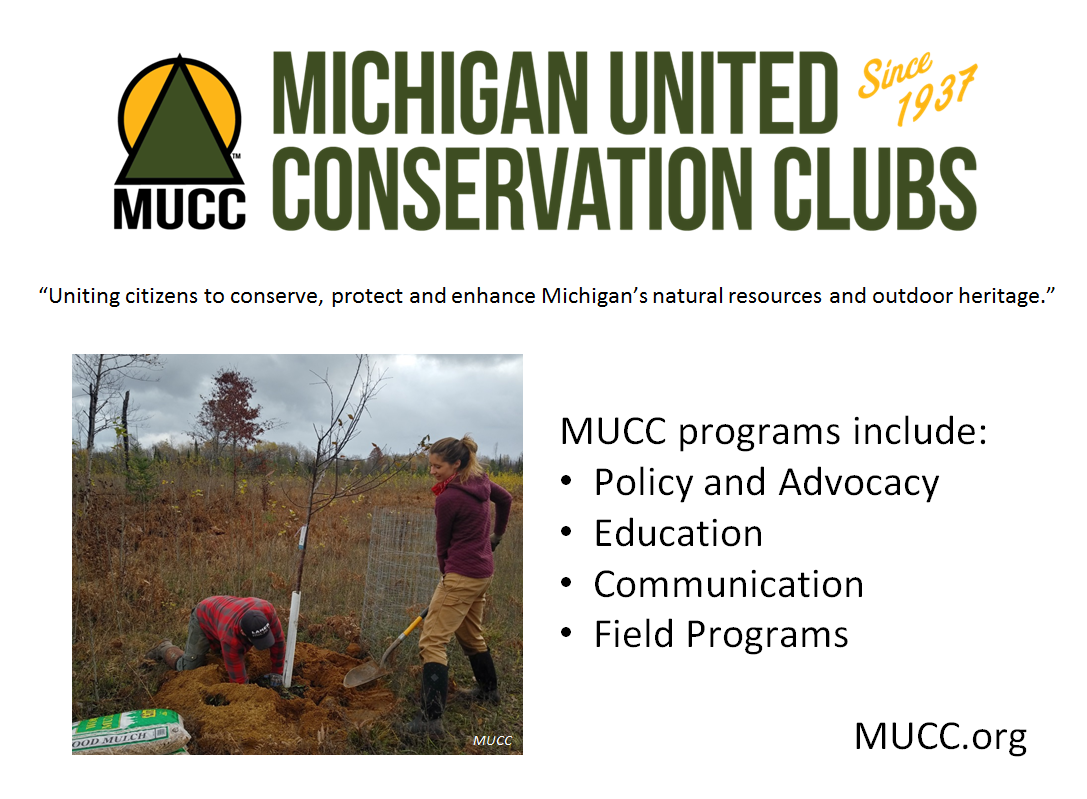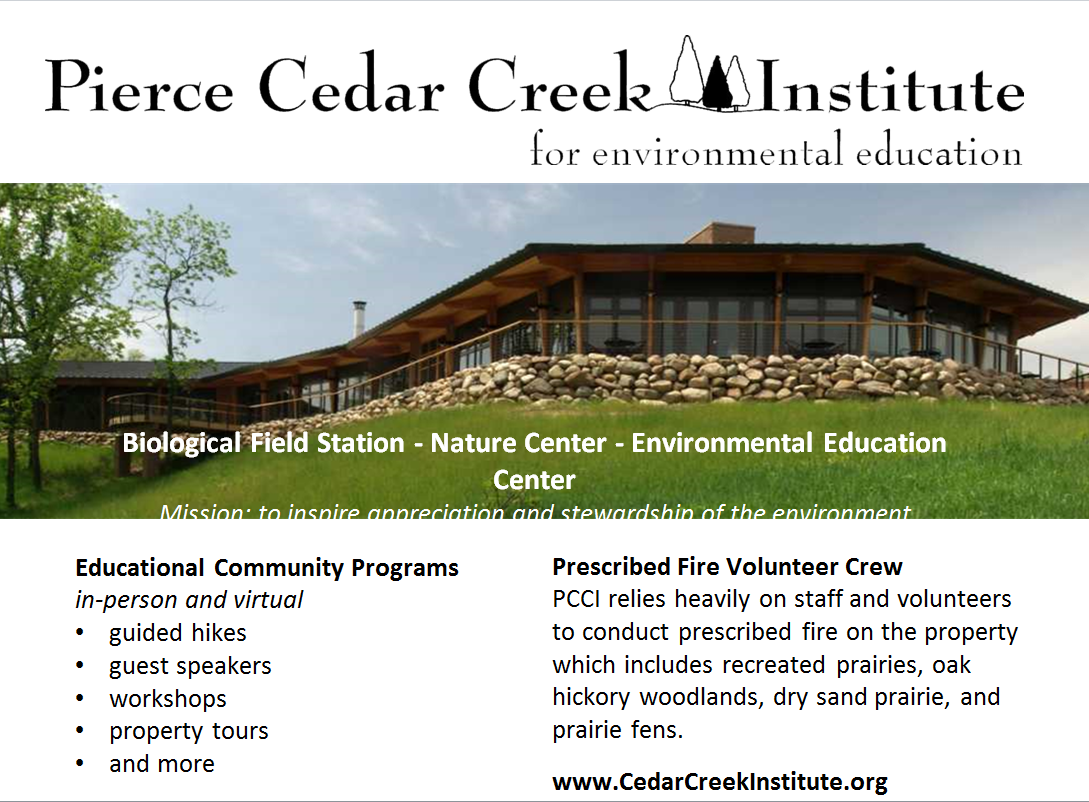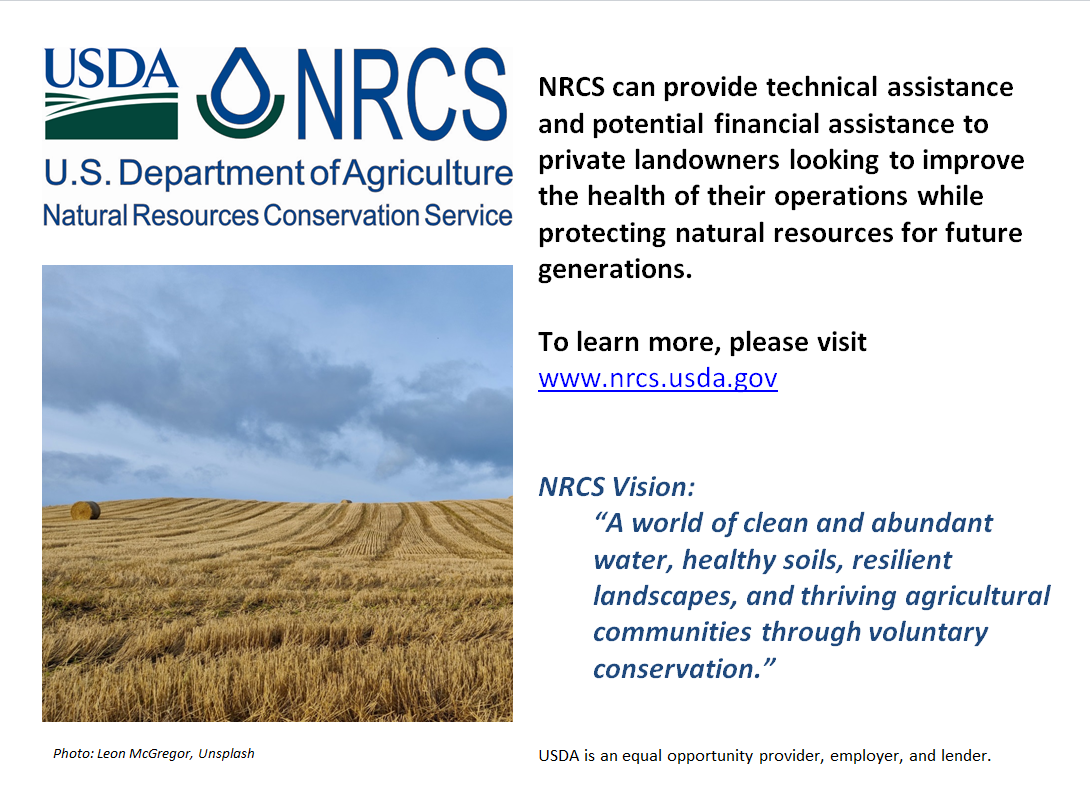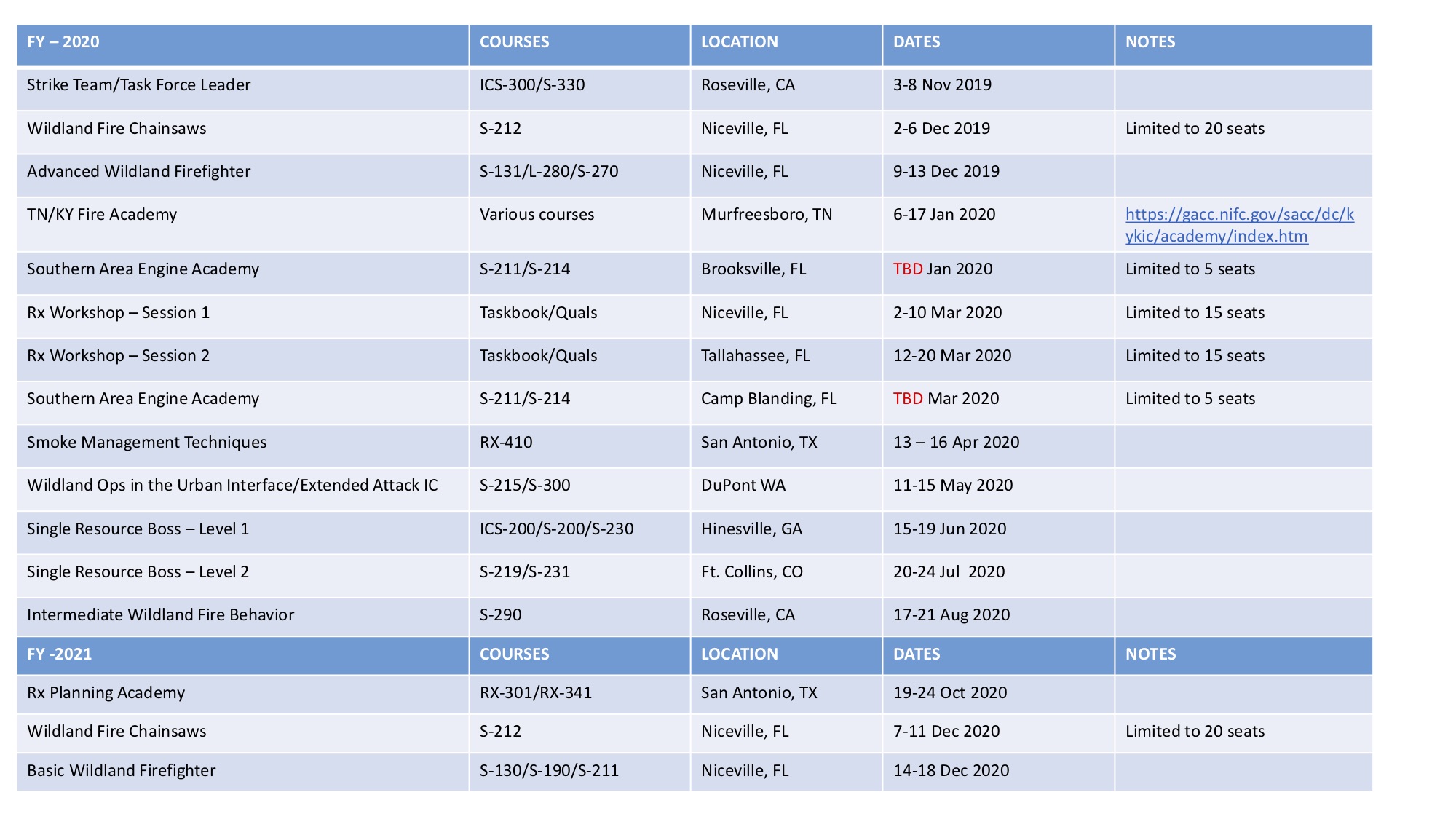Prescribed fire is one of the most cost-effective management techniques out there. The ability to quickly and uniformly manage a site makes fire very appealing, but its destructive reputation makes most folks understandably concerned about its use. Whether burning with a well-established organization or setting fire to family lands, those interested in applying prescribed fire are primarily concerned that their fire will escape, destroy property or even lives, and in the end, cost them thousands. While these concerns are understandable, they may be ill-informed.
Not only is prescribed fire a vital weapon used to combat the spread of dangerous wildfires, but it brings about the many benefits that come along with fire. Prescribed fire has been used for generations, and with recent pushes towards self-directed wildfire prevention, there’s a new wave of organizations and private landowners trying to burn their lands. Their success, while dependent on a host of other factors, is tied directly to how confident they feel about their ability to burn safely, otherwise no amount of potential benefit will seem worth the danger. So why do these dangers always seem more present than the benefits of burning?
A team of researchers in the southern United States had a similar question.
Professor John R. Weir noticed that in the prescribed fire meetings he facilitated, people’s perception of the risks associated with prescribed fire were far more intense than the reality of what he’d experienced in his three decades as a practitioner. “We’ve gotta get people to realize that not all fire is wildfire,” he told me when I spoke to him over the phone. In his paper in Rangeland Ecology & Management, “Liability and Prescribed Fire: Perception and Reality”, Weir and his team set about to dispel the myths surrounding the perception of prescribed fire as an unusually risky management tool. According to the burns they studied, there is close to a 1% chance of having a spotfire or an escaped fire. Even if a fire escapes, Weir’s data shows that 86% of spotfires burned under .7 acres, and only 14% of escaped fires burned over 100 acres. There were no instances of insurance claims or lawsuits arising as a result of any of these escaped fires. Similarly, in the past 50 years, fatalities from wildfire management exceeded those from prescribed fire management by 3,350%. So while caution is necessary, it’s important to be aware that your fire most likely won’t escape, and even if it does, the data tells us it’s far more likely to be small, non-fatal, and cause you no legal ramifications.
Weir believes that liability is an excuse, not an insurmountable reason, for not burning. When members of his community complained that they were scared to burn due to liability issues, John worked with an insurance company to create prescribed-fire-specific insurance through the Oklahoma Prescribed Burn Association. There was lukewarm interest, little effect on the volume of land burned yearly, and after a year, the company dropped the policy. While insurance wasn’t making more people burn, Weir noticed that more and more people were joining Prescribed Burn Associations (PBAs), and using them as an avenue to begin applying prescribed fire. It seemed that resources like PBAs, which open lines of communication between experienced and inexperienced burners, were better than insurance at creating a steady increase in the amount of fire being put down.
So what is a Prescribed Burn Association?
PBAs are small groups of landowners and practitioners that create a hub where members of the community can participate in trainings, share experience and equipment, and work together to create a fire culture. Weir says this is crucial. Burning can be intimidating, and equipment isn’t cheap, so any access to resources and support can make or break an individual’s desire to burn. PBAs also let landowners participate in nearby burns, which gives them valuable experience that can’t be mimicked in a classroom. Young and old get involved in the burns that happen, and even less able members of the community pitch in by handing out water and snacks, which Weir says is useful beyond how it helps on any single burn. “It gives everybody a sense of involvement. When you get that in the community, the community starts accepting fire.” And when they start accepting fire, they start using fire, too.
While it is our goal to empower citizens to burn of their own accord, it’s not a task to be undertaken by those without the experience and expertise to perform it properly. A prescribed fire should only be set by those with the training and resources to do so properly, following a specific set of management goals during conditions that favor the safe application of fire. That being said, it’s important to remember that burning is something that should be available to everyone, and learning to burn is a skill we can all acquire. Luckily, many states are beginning to understand the necessity of fire.
Since the post-suppression-era and the re-introduction of fire to the American land management toolbelt, a majority of states have introduced laws that specify the level of liability that burners are subject to, should their fire escape. The three levels of liability law currently in place are:
1) Strict liability - Regardless of the conduct of the burn, you are responsible for any damages.
2) Simple negligence - If proven negligent, the burner is responsible for any damages.
3) Gross negligence - If proven to have acted with reckless disregard for the consequences of their activities, the burner is responsible for any damages.
Unfortunately, mosts states lack specific laws outlining the potential liability that burners may face, should a prescribed fire cause damage. However, in the past decade, many states have passed laws that establish avenues through which citizens can perform prescribed fire, and protocol for navigating any potential pitfalls. While this is heartening, it’s only the beginning of what needs to happen if we want to see prescribed fire utilized on the scale it needs to be.
So what can we do to get more land burned? Reaching out to your public officials is never a bad idea. The more they hear about fire in a favorable light, the more likely they are to pass any pro-fire legislation that comes their way. After talking to John, it seems that the best thing to do in order to get burning by yourself is to find a community. PBAs created a new wave of landowner burning in Oklahoma, and now the state burns over a million acres a year. So if you know of other likeminded landowners near you, with land that could benefit from seeing fire, reach out. Let them know you’ve heard about prescribed fire and you’re interested in using it. Find a training near you. Start a PBA. Call or e-mail your state’s Fire Council. Research best management practices online, find equipment, and learn what you need to know in order to burn safely.
We need more fire all across the United States, and it won’t happen unless we make it happen. If enough of us burn safely and effectively while creating communities built around fire, who knows: It just might catch on.
